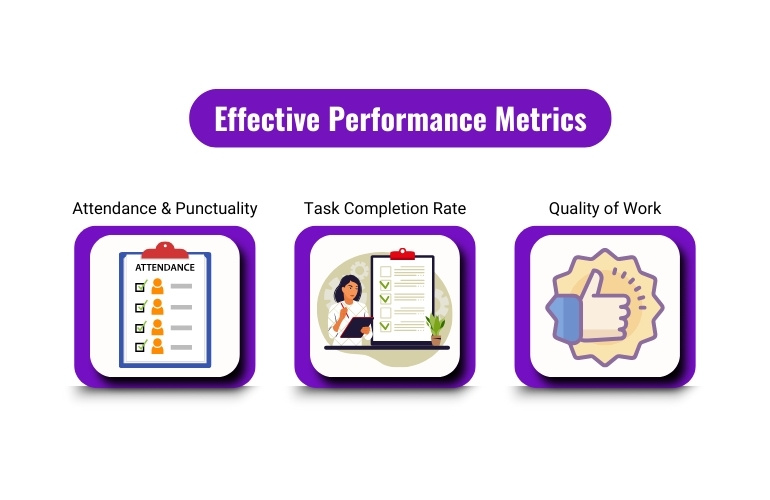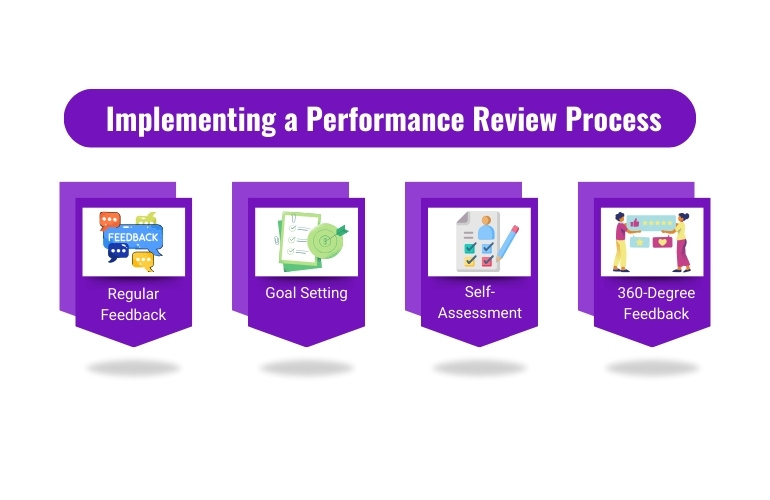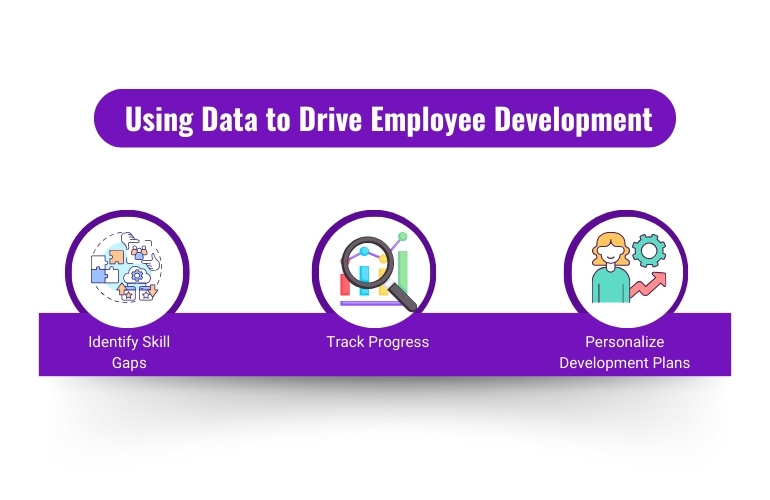In today’s competitive business scenario, employee tracking and employee performance monitoring have become indispensable tools for small business owners. Efficient tracking of employee activities and performance not only helps in identifying top performers but also in recognizing areas needing improvement. This guide will delve into the importance of performance tracking, setting effective performance metrics, choosing the right performance-tracking software, implementing a performance review process, and using data to drive employee development.
The Importance of Performance Tracking
Employee tracking is essential for any business aiming for growth and sustainability. It allows managers to monitor and evaluate employees’ productivity and efficiency. Regular tracking helps understand individual contributions, align them with the company’s goals, and ensure everyone is working towards a common objective. It also aids in identifying bottlenecks that might be hindering overall productivity.
Setting Effective Performance Metrics
Setting clear and measurable performance metrics is crucial to track employee performance effectively. These metrics should align with the company’s strategic goals and objectives. Here are some sub-keywords and metrics to consider:
- Attendance and Punctuality: Tracking work hours and attendance to ensure employees are adhering to schedules.
- Task Completion Rate: Monitoring how efficiently employees complete assigned tasks within deadlines.
- Quality of Work: Assessing the quality and accuracy of the work produced.
- Collaboration and Teamwork: Evaluating how well employees work with their colleagues.
These metrics provide a clear picture of an employee’s performance and areas that may require additional support or training.
Choosing the Right Performance Tracking Software
Selecting the right performance-tracking software is pivotal in achieving effective employee monitoring. A comprehensive software solution offers a wide range of features that can cater to the diverse needs of a small business. Key features to look for in a software solution include:
- Real-time Tracking: Enables managers to monitor employee activities as they happen.
- Customizable Dashboards: Allows for personalized views of performance metrics.
- Automated Reporting: Generates detailed performance reports without manual intervention.
- Integration Capabilities: Ensures the software can seamlessly integrate with existing HR and payroll systems.
A robust solution that encompasses all these features, makes it an ideal choice for small business owners.
Implementing a Performance Review Process
A structured performance review process is vital for effective employee performance management. Here are steps to implement a successful review process:
- Regular Feedback: Schedule regular check-ins to provide constructive feedback and address any issues promptly.
- Goal Setting: Work with employees to set realistic and achievable goals aligned with their roles and company objectives.
- Self-Assessment: Encourage employees to assess their performance and identify areas for improvement.
- 360-Degree Feedback: Gather feedback from peers, subordinates, and supervisors to get a comprehensive view of an employee’s performance.
Using Data to Drive Employee Development
Leveraging data is crucial in making informed decisions about employee development. A comprehensive solution offers advanced analytics and reporting tools that help managers:
- Identify Skill Gaps: Pinpoint areas where employees may need additional training or support.
- Track Progress: Monitor the improvement of employees over time.
- Personalize Development Plans: Create tailored development plans based on individual performance data.
By using comprehensive solutions, small business owners can ensure that their employees are continually developing and contributing to the company’s success.
Conclusion
Incorporating an effective employee-tracking system and utilizing robust performance-tracking software can significantly enhance employee productivity and development. By setting clear performance metrics, implementing a structured review process, and leveraging data, small business owners can create a motivated and high-performing workforce.




